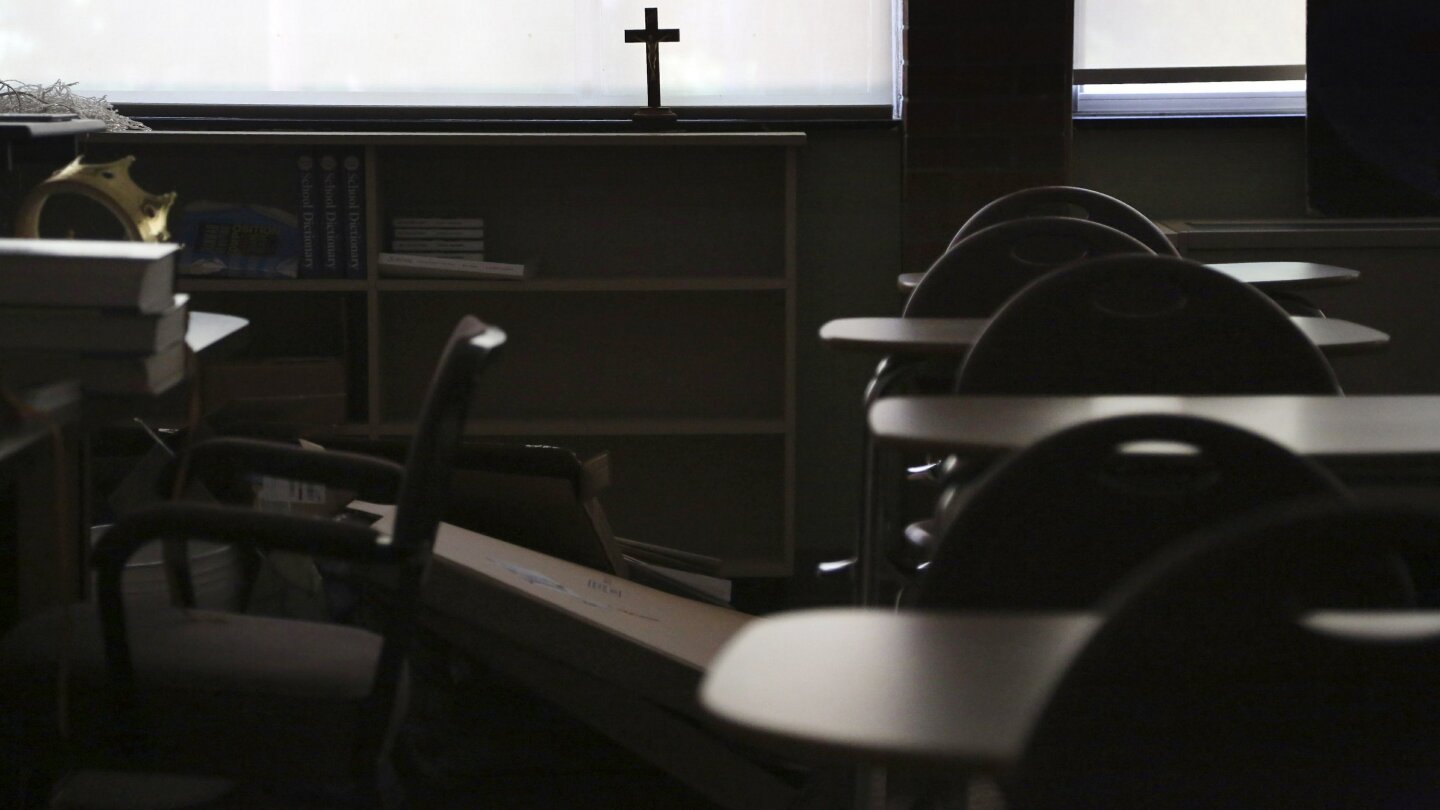Starkbuck,
You make some good points. Just wanted to speak on a few of them...
The largest drop in enrollment here locally occurred following the last recession in the 2008-2010 years, as many of the jobs in Stark Co. left and never returned. I remember reading an article either this summer or last that indicated that the Stark Co. Catholic Schools had seen a drop of nearly 50% in enrollment since 2008. There are a dozen or more mitigating factors into the decline in Catholic schools across the country, but the biggest has to be economically based. Ohio private schools have thrived under Republican leadership as they seek to expand the Educational Choice, or "voucher" program, most notably in the past three years or so. The voucher program has increased ten fold in Ohio during this time for two reasons: 1. More public schools have been deemed as failing due to idiotic measures and benchmarks, and 2. Poverty has increased dramatically in Ohio, which paired with the income based Ed Choice Expansion program has led to tremendous enrollment growth.
There's an entire section of small, rural Catholics (e.g. Newark Catholic, Lancaster F.C., [I presume also] Delphos S.J., Tiffin Calvert, Sidney Lehman) that basically never benefitted from the program because of its stipulations and criteria, when it could have been most beneficial, 5-10 years ago. Schools that, because of no indications on "failing" for its residential publics, were never in voucher-zone to begin with. Today, their eligibility in the program is almost nominal because the few 'failing' schools in proximity to the Catholic are so far away.
For the "paying customers only" pack, it's been tough sledding.
Without the use of these programs, the majority of the private schools would be belly up at this point since most are operating on significant subsidies from their associated parishes, who have also experienced significant economic decline. I would guess that the largest drops in enrollment for these schools are occurring in areas without these aforementioned voucher programs.
Correct. No voucher program = tough times.
One other point: unsure about how other districts do this, but with Diocese of Columbus the parishes assume no financial responsibility, obligation, imperative nor interest in supporting the high school. The high schools are entirely self-sufficient. No parish support, no Diocese support. And in our case, the clergy is typically un-interested in supporting the high school or having any involvement with the students.
Couple other notes/observations:
2. On "lesser Catholicity," the current downward trend in enrollment sort of reinforces this and makes for a self-fulfilling prophecy. I think for a lot of families having kids in a Catholic school keeps them more engaged with the Church/their parish. It's no coincidence that the largest parish schools are generally also the largest parishes. And even in the peak times for Catholic schools, most were heavily subsidized by their parishes.
Does it also have anything to do with decline in religion overall and regular church attendance? (Reasons for that is whole other thread). Or are the schools/education aspect largely disassociated with the church at this point? Don't know just asking.
You're hitting the nail on the head here. There is a predominant shift away from Catholicism in this area, even in the country, as many view their rigidity in faith to be outdated and not up to par with societal norms. So in these more affluent areas the Catholic Church has seen the same precipitous drop in membership that correlates with the decline in Catholic school enrollments. Conversely there is a big push of enrollment in the lower socioeconomic areas due to the increased eligibility guidelines in the Ed Choice Expansion program. Additionally, these areas with lower socioeconomic populations generally tend to have poorer performing schools with parents more likely to pursue alternative educational choices.
There are multiple individual events, coupled by phenomena, that accelerate the generational change. We're on the eve of 20 years since the
Boston Globe saga shone a light on atrocities and neglect within the walls. JP2 is replaced by a pretty boring and uncharismatic dude (who later retires), and that successor to the successor is either loved or greatly disliked.
Today's young people, and especially younger parents, generally do not look to the Church as the absolute answer for moral teachings and often question the rigidity of them. There are many who probably do embrace, and want to further, the impact of the Church's social teachings. But when it comes to the former -- well, it is still the position of many high school Catholic theology departments that there is "no room for pluralism." Whether or not that is right, or righteous, is beside the point. It's incompatible with the times we live in, if the goal is to retain kids in the faith when they're young and when they become older. And, to the point, it's incompatible with the idea of keeping enrollment numbers up.
We live in a time where there is greater appreciation for diversity of representation, experience, religion, and customs than before. I suspect that many Catholic youth, attending public or private schools,
do not see practice of a different religion by their peers as a personal/moral failing or
a stray from the "one true faith." That most Catholic youth, not unlike their non-Baptized peers, do not see homosexuality or queerness of their peers to be personal/moral failing and unworthy of embrace. That, for many Catholic youth, they likely do not feel a strong personal affection toward the reversal of
Roe. (there
may be a plurality who
do want to see it overturned, but others do not feel very strongly about the matter or possibly believe it's a cause beyond the capabilities of themselves and the voting population)



